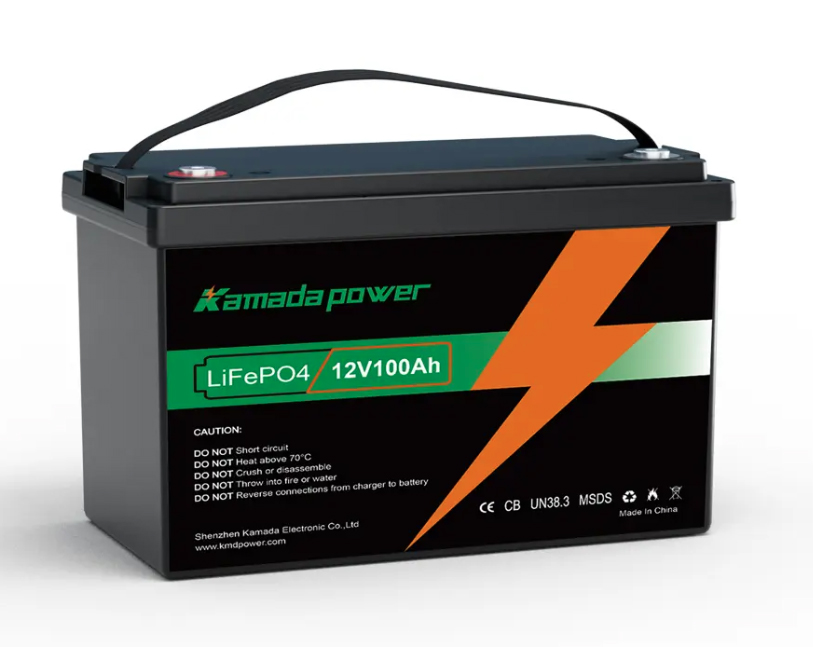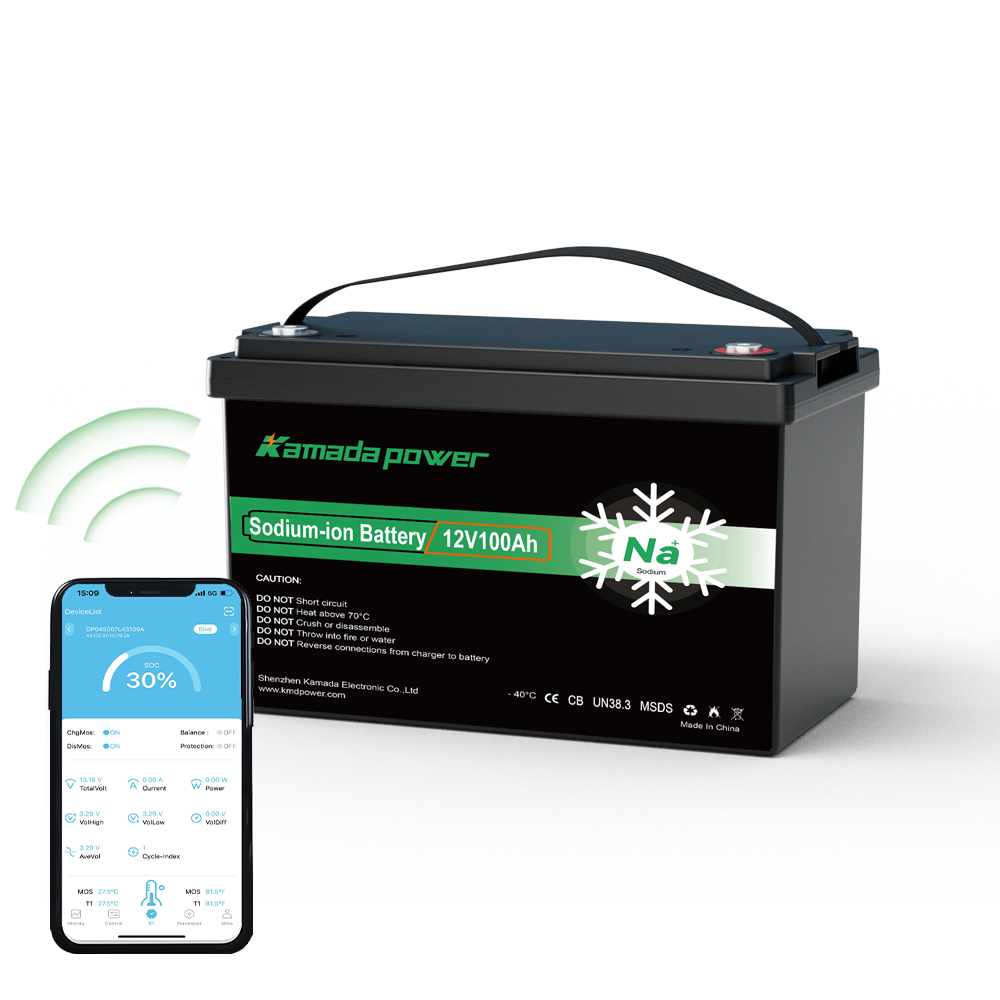Immaginate una squadra di vogatori professionisti. Se ogni vogatore è un clone perfetto - stessa forza, stessa resistenza - la barca scivola senza sforzo sull'acqua. Ora, immaginate che un vogatore sia solo leggermente più debole o si stanchi un po' più velocemente. Non è solo quella persona a rallentare: l'intera barca viene immediatamente compromessa. Il ritmo si spezza, la barca devia dalla rotta e gli altri vogatori devono lavorare di più per compensare.
Una batteria a più celle è esattamente come una squadra di canottaggio.
È probabile che abbiate visto le conseguenze: una batteria nuova di zecca e costosa per il vostro drone industriale o carrello medico portatile vede il suo tempo di funzionamento crollare dopo un solo anno. Lo aprite e trovate una cella "difettosa". Ma era davvero difettosa la cella o l'intero pacco era condannato fin dall'inizio? In base alla nostra esperienza, la risposta risiede quasi sempre nel fallimento di due processi fondamentali, ma spesso trascurati: l'accoppiamento e il bilanciamento delle celle.
In qualità di ingegneri che progettano sistemi di batterie mission-critical per applicazioni che vanno dai robot autonomi di magazzino all'energia di riserva marina, possiamo dirvi che l'accoppiamento e il bilanciamento non sono "caratteristiche" opzionali, ma sono la base assoluta di un pacco batterie affidabile, sicuro e di lunga durata.

batteria lifepo4 da 12v 100ah

Batteria agli ioni di sodio da 12v 100ah
Innanzitutto, di cosa stiamo parlando? Definizione di corrispondenza e bilanciamento
Prima di immergerci nelle conseguenze, chiariamo le nostre definizioni. Questi due termini sono correlati ma distinti.
Corrispondenza delle cellule: l'"impronta digitale" della produzione
Non esistono due celle di batteria, anche se provenienti dallo stesso lotto di produzione di alta qualità, identiche al 100%. Si pensi che tutte hanno minuscole variazioni nella loro "impronta digitale di produzione". La corrispondenza delle celle è un processo rigoroso, basato sui dati, che consiste nel testare e raggruppare le singole celle in base alle loro caratteristiche principali. prima sono mai saldati in un pacchetto.
Come minimo, si dovrebbe trovare un assemblatore di batterie professionale:
- Capacità (Ah/mAh): Le dimensioni del "serbatoio" individuale di ogni cella.
- Resistenza interna (mΩ): Misura la resistenza della cella all'erogazione di energia. Una resistenza interna più bassa è migliore e la coerenza è fondamentale.
- Tasso di autoscarica: La velocità con cui la cella perde carica quando è appoggiata su uno scaffale.
Costruire un pacchetto senza abbinamento è come costruire un motore ad alte prestazioni con pistoni non abbinati. È una ricetta per il fallimento.
Bilanciamento delle cellule: Mantenere la squadra in sincronia
Se l'abbinamento è scegliere i vogatori perfetti e identici per la barca prima della gara, allora il bilanciamento è compito del timoniere. durante la gara, facendo costantemente piccoli aggiustamenti per garantire che tutti tirino all'unisono.
Il bilanciamento delle celle è una funzione elettronica, gestita dalla Sistema di gestione della batteria (BMS)che lavora per equalizzare lo stato di carica (SoC) di ogni cella (o gruppo di celle in parallelo) all'interno del pacco. È un processo attivo e continuo che combatte la tendenza naturale delle celle ad allontanarsi nel tempo.
Il circolo vizioso: Cosa succede in un branco squilibrato e disadattato?
Quindi, qual è il problema se una cella è leggermente diversa? Le conseguenze sono gravi e creano una spirale negativa che uccide prematuramente l'intero pacchetto.
Tutto inizia con l'"anello più debole".
In qualsiasi serie di celle, le prestazioni dell'intero pacco sono dettate dal suo componente più debole, la cella con la capacità effettiva più bassa. Questa cella diventa il fattore limitante sia per la carica che per la scarica.
Il problema della ricarica: una cella grida "Stop! Troppo presto
Quando si carica il pacco, tutte le celle ricevono la stessa quantità di corrente. La cella "debole", avendo un serbatoio più piccolo, si riempie per prima e raggiunge la tensione massima di sicurezza (ad esempio, 4,2 V per molti tipi di ioni di litio). Un BMS correttamente funzionante se ne accorge e, per evitare un pericoloso sovraccarico, interrompe correttamente l'intero processo di carica.
Il risultato: Le altre celle, più sane e con capacità maggiori, vengono lasciate cronicamente sottocaricate. Il pacchetto mai raggiunge la sua capacità reale e progettata. Un pacco da 100Ah potrebbe caricarsi solo fino a 95Ah.
Il problema della scarica: una cella cede per prima
La stessa cosa accade dall'altra parte. Quando il vostro attrezzature industriali Se la batteria si scarica, la cella debole, con meno carburante, si svuota per prima e raggiunge la tensione minima di sicurezza (ad esempio, 3,0 V). Anche in questo caso, il BMS fa il suo lavoro e interrompe l'alimentazione dell'intero pacco per proteggere quella cella da una scarica eccessiva e da danni permanenti.
Il risultato: Le celle più resistenti potrebbero avere ancora 10-15% di energia, ma è completamente inutilizzabile. L'autonomia effettiva del pacco si riduce drasticamente.
La spirale discendente verso la morte prematura
Non si tratta di un problema isolato. Ad ogni singola carica e scarica, questo squilibrio peggiora. La cella debole viene costantemente sollecitata, passando dal suo massimo assoluto al suo minimo assoluto. Nel frattempo, le celle forti sudano a malapena, pedalando in una comoda fascia media. L'invecchiamento accelerato dell'unica cella debole degrada rapidamente la sua chimica, aumenta la sua resistenza interna e, in ultima analisi, porta al fallimento dell'intero e costoso pacchetto, anche se 95% delle celle all'interno sono ancora perfettamente sane.
La soluzione in azione: Una storia di due metodi di bilanciamento
Il BMS è l'eroe che combatte questa spirale negativa. Lo fa principalmente in due modi.
Bilanciamento passivo: "Tagliare il prato"
Immaginate un prato in cui alcune zone d'erba crescono più velocemente di altre. Il bilanciamento passivo è come impostare un tosaerba all'altezza della zona più corta e tagliare tutto in modo che corrisponda. Il lavoro viene svolto, ma è intrinsecamente dispendioso. Il BMS posiziona un piccolo resistore sulle celle che si caricano più velocemente, "bruciando" letteralmente l'energia in eccesso sotto forma di una piccola quantità di calore finché le celle più lente non si mettono al passo.
Bilanciamento attivo: "Il metodo Robin Hood
Il bilanciamento attivo è più intelligente. È come un piccolo ed efficiente Robin Hood all'interno della batteria. Prende attivamente un po' di energia dalle celle "ricche" (quelle con la carica più alta) e la dà in modo efficiente alle celle "povere" (quelle con la carica più bassa). Utilizza piccoli ed efficienti convertitori (come condensatori o induttori) per trasportare l'energia all'interno del pacco, assicurando che non venga sprecata sotto forma di calore.
| Caratteristica | Bilanciamento passivo | Bilanciamento attivo |
|---|
| Metodo | Brucia l'energia in eccesso come calore | Trasferisce energia tra le cellule |
| Efficienza | Basso (spreco) | Alto (fino a 95% efficienti) |
| Velocità | Lento (in genere funziona solo all'inizio del ciclo di carica) | Veloce (può funzionare in qualsiasi momento, durante la carica, la scarica o il riposo) |
| Costo e complessità | Circuito semplice e a basso costo | Costo più elevato, circuito più complesso |
| Il migliore per | Pacchetti a basso costo, elettronica di consumo, applicazioni a bassa corrente. | Pacchetti ad alte prestazioni, SSE commerciale, i veicoli elettrici, dove la massimizzazione della capacità utilizzabile e la ciclo di vita è fondamentale. |
Le domande che dovete porre al vostro fornitore di batterie
Un preventivo per un pacco batteria a basso costo è spesso un segnale di allarme che indica che sono stati tagliati gli angoli in questi processi critici. Per proteggere il vostro prodotto, il vostro budget e la reputazione della vostra azienda, ponete queste domande al vostro potenziale fornitore:
- "Qual è il vostro processo di approvvigionamento delle cellule e di controllo della qualità in entrata (IQC)?". (Utilizzano celle di grado A di produttori affidabili come Panasonic, Samsung o CATL, oppure celle di grado B non tracciabili)?
- "Quali sono i vostri protocolli specifici di abbinamento delle cellule e le finestre di tolleranza?". (Non accettate risposte vaghe. Chiedete numeri concreti, ad esempio: "La capacità corrisponde a ±1% e la resistenza interna a ±2 mΩ").
- "Che tipo di bilanciamento impiega il vostro BMS: passivo o attivo?". (La risposta dice molto sulla qualità e sull'applicazione prevista della confezione).
- "Qual è la corrente di bilanciamento del vostro BMS?". (Una piccola corrente di bilanciamento da 30 mA è inutile su un pacco da 200 Ah. La corrente deve essere dimensionata in modo adeguato alla capacità del pacco).
- "Potete fornire un rapporto di prova in fabbrica che mostri il bilanciamento iniziale delle celle e le specifiche per i nostri pacchi di produzione?". (Un fornitore sicuro e di qualità risponderà di sì).
Conclusione
In definitiva, un pacco batteria è forte solo quanto la sua cella più debole e sottoposta a maggiori sollecitazioni. Senza un meticoloso abbinamento delle celle fin dal primo giorno, si assembla una squadra disfunzionale destinata al fallimento. Senza un bilanciamento intelligente nel corso della sua vita, si lascia che quella squadra vada sempre più alla deriva.
L'accoppiamento e il bilanciamento delle celle non sono spese, ma un investimento iniziale non negoziabile per la capacità utilizzabile, la longevità operativa e, soprattutto, la sicurezza. Sono il cuore invisibile e pulsante di un pacco batterie che opereanno dopo anno.
Se dovete specificare una batteria per un'applicazione mission-critical, non limitatevi a guardare le specifiche più importanti sulla scheda tecnica. Fate domande difficili su ciò che c'è dentro. Comprendere la filosofia del fornitore in materia di abbinamento e bilanciamento è il primo passo fondamentale per garantire il successo a lungo termine.
FAQ
È possibile bilanciare manualmente un pacco batteria sbilanciato?
Per un progetto fai-da-te, è tecnicamente possibile utilizzare un caricabatterie specializzato per hobby o una scheda di bilanciamento dedicata, ma si tratta di un processo lento, meticoloso e potenzialmente rischioso. Per un pacco sigillato in commercio, è quasi sempre poco pratico e invalida la garanzia. La vera soluzione è un buon BMS che impedisca che si verifichi uno squilibrio significativo.
Il bilanciamento attivo è sempre migliore di quello passivo?
Non necessariamente. Il termine "migliore" dipende dall'applicazione. Per un dispositivo a bassa potenza, dove il costo è fondamentale e non è importante spremere fino all'ultima goccia di capacità, un sistema di bilanciamento passivo ben implementato è perfettamente adeguato. Per un dispositivo ad alta capacità Sistema di accumulo di energia (ESS) o un veicolo elettrico, dove l'efficienza e la durata di vita si traducono direttamente in dollari, il costo iniziale più elevato del bilanciamento attivo si ripaga molte volte.
Perché non posso semplicemente sostituire l'unica cella "difettosa" del mio zaino?
Perché si sta solo dando un calcio alla lattina. Una nuova cella a piena capacità introdotta in un vecchio pacco parzialmente usurato crea un'usura ancora maggiore. peggiore squilibrio. La nuova cella non verrà mai utilizzata appieno e le celle più vecchie saranno sottoposte a uno stress ancora maggiore. Per una corretta riparazione è necessario ricostruire l'intero modulo del pacco con celle di nuova concezione.
Cosa succede se il mio dispositivo utilizza una sola cella, come una torcia elettrica? Devo preoccuparmi di questo?
No. L'accoppiamento e il bilanciamento delle celle sono rilevanti solo per i pacchi batteria che contengono più celle collegate in serie. Se il dispositivo utilizza una singola cella (come una singola 18650 o 21700), questi problemi non si applicano.